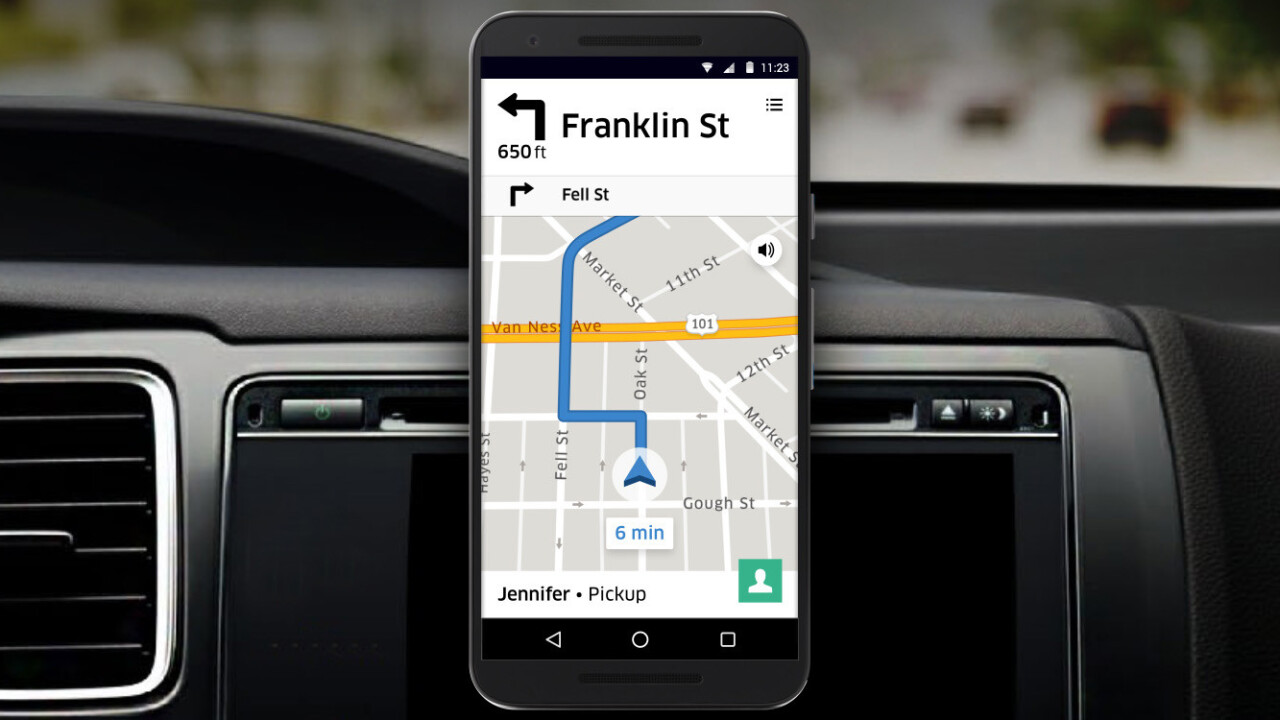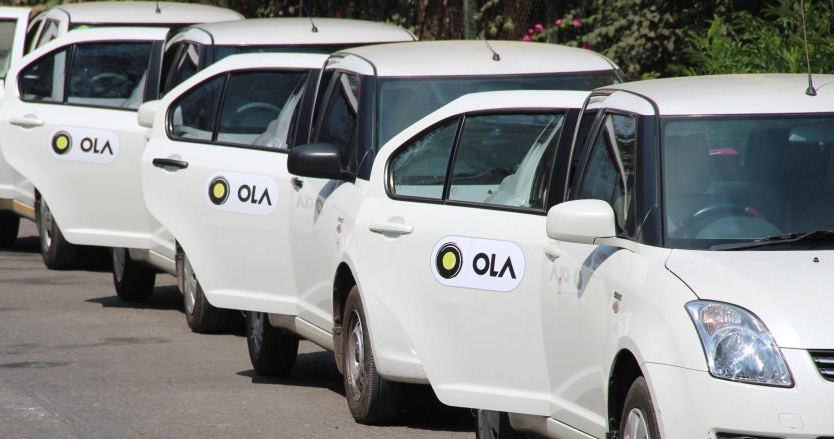
The UK and the US are two hugely important markets for Uber, but this week, events have conspired to frustrate the ridesharing company’s ambitions on both sides of the Atlantic.
Let’s start with the UK. Earlier this week, Indian ridesharing company Ola announced plans to open shop in Britain. This would the third market the company’s entered, after launching in Australia earlier this year.
Ola intends to start services in South Wales and Manchester, before eventually launching nationwide. When it arrives, it’ll offer a mixture of private-hire cars and traditional black hackney taxis.

South Wales should provide rich pickings for Ola, as it offers a mix of rural and city environments, and has largely been underserved by many of the ride-hailing apps that’ve sprung up in the UK over the past years — including Gett, MyTaxi, ViaVan, and Karhoo (RIP).
But it’s Manchester where Uber should most be worried. For starters, it’s a huge market, and is exactly the type of city where the company’s traditionally done very well. It’s young, urban and has a massive student population thanks to its three major universities.
But it’s also a fairly price-sensitive city — again, its student population has something to do with that. If a competitor came in and undercut Uber, like Taxify did before it was untimely shut down, it could pose a serious threat to Uber’s goals for this growing metropolitan area of over 2.5 million.
It’s also worth noting that Manchester has a massive Indian population, especially in its universities, where they represent a significant part of the student body. Ola could take advantage of both name recognition and national pride, in order to get the upper-hand on Uber.
If Uber’s not concerned about losing one of its biggest UK markets to an upstart company, it should be at least concerned by the very recent trend of ridesharing companies trying to take its crown in Britain.
Over the past couple of years, we’ve seen several high-profile ridesharing launches — the most notable being ViaVan and Taxify, both mentioned earlier. While they haven’t been successful in gaining any meaningful traction, they suggest there’s a lot of money sloshing around in this market, and investors perceive several weaknesses in Uber’s armor ready to be exploited.
So, that’s the UK. What about the US? Here, we turn to New York City, which, again, is another major market for the ridesharing company.
Yesterday, New York City officials voted to limit the number of Lyft and Uber cars on the city’s streets. The move came primarily as a result of concerns over congestion, particularly in Manhattan.

The new law freezes the number of for-hire drivers on the road. According to Wired, there are 100,000 drivers who fit into this category, working for a variety of services — including Lyft, Uber, Gett, Juno, as well as traditional black car services.
New York City intends to take advantage of this pause in growth to study how to regulate this significant part of the transportation market. The study will look at wages, as well as how to promote “equitable transportation options.”
There are a few loopholes that could see new licenses issued. For example, if a vehicle is wheelchair-friendly. The temporary moratorium could also be lifted if service deteriorates markedly.
The city has also mandated a minimum living wage for drivers, set at $17 per hour, and is demanding that the larger ridesharing companies — like Uber and Lyft — hand over detailed usage data, or face stiff daily fines.
Even if the cap lapses next year, or is lifted early, it still represents a serious headache for Uber. Right now, its growth in this crucial market is being starved of oxygen. The sole silver lining is that its competitors are in the same boat.
The move is also indicative of an emboldened city council prepared to take on the ridesharing giants. The light-touch it enjoyed previously is well and truly over.
Since Dara Khosrowshahi took the reins of Uber last year, the company’s managed to weather — and, shock horror, actually avoid — many of the storms that clouded Travis Kalanick’s tenure.
That said, I wouldn’t be surprised if the events that transpired this week are keeping him awake. If I was Uber’s CEO, I’d certainly be reaching for the Horlicks.
Get the TNW newsletter
Get the most important tech news in your inbox each week.





